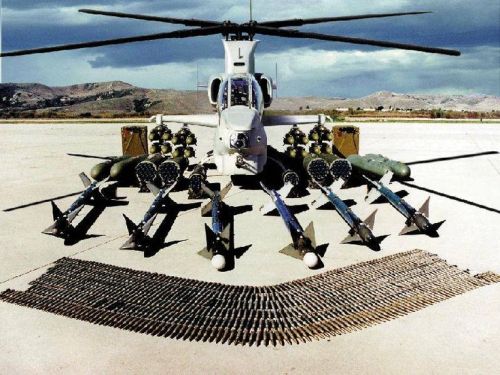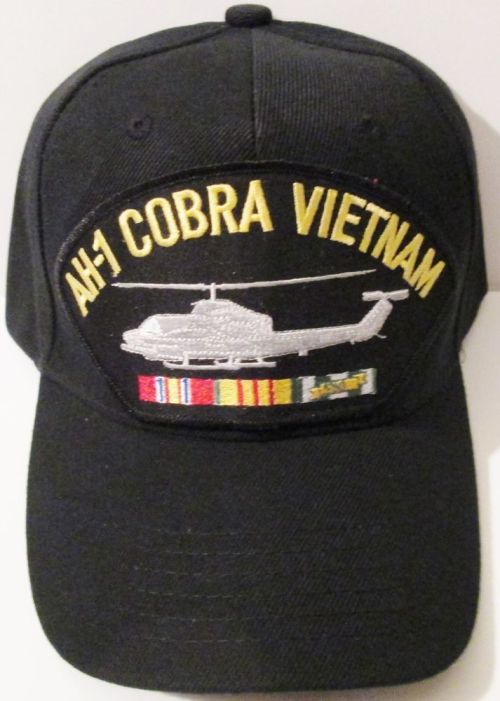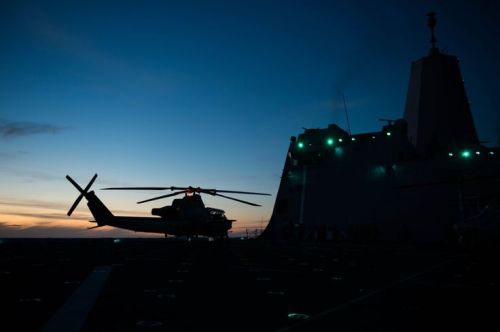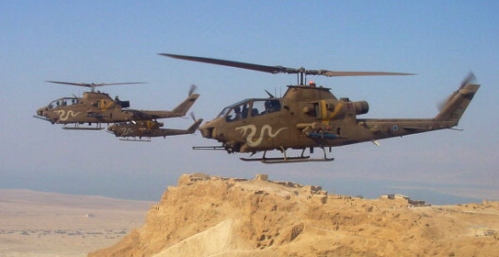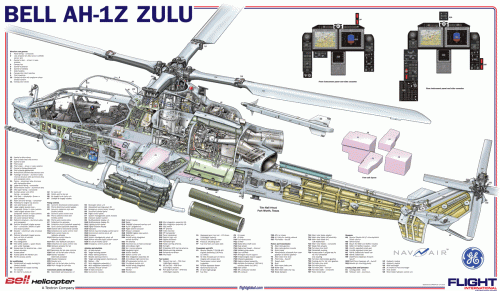Today I’m feeling the love for the ugliest plane in the U.S. Navy, the A-6 Intruder. This all-weather carrier based ground-attack aircraft has been lovingly nicknamed “Double Ugly”, “Drumstick”, and even “Iron Tadpole”. The unique side-by-side crew configuration led to the rounded and big-nosed aspect of this hard-working plane.
Developed to not only to replace the aging propeller-driven AD- 6/7 Skyraider, she was designed for “over-the-shoulder” launching of nuclear weapons. Never used for the latter role, variants of the Intruder have served the Navy and Marine Corps from 1963 to the present day.
The sturdy airframe and advanced suite of electronics allowed the Intruder to provide close air support for ground troops in Vietnam even through the blinding cloud cover and torrential rains of the monsoon season. The first loss of an A-6 to combat occurred in 1965 with both crew surviving. Of the 84 lost during the war, only 2 were shot down in air-to-air combat. Intruders saw combat later in Lebanon, Desert Storm, Somalia, and Bosnia before they were retired.
In 1991 Congress cancelled the planned A-12 Avenger II replacement for the aging Intruders. Avionics and electronics upgrades allowed them to remain operational through 1997 until sufficient LANTIRN-equiped F-14 Tomcats and F/A-18E/F Super Hornets came into service. The specialized EA-6B, known as the Prowler, still remains in service however. With it’s stretched airframe, fully integrated electronic warfare systems, and four-man crew, the EA-6B Prowler proudly honored its Intruder heritage with service in Iraq and ongoing roles in Afghanistan.
Feel free to learn more by visiting the Intruder Association website for more history, technical information, and trivia.
P.S. – Don’t forget the Stephen Coonts novel Flight of the Intruder or the film of the same name starring Danny Glover and Willem DaFoe. Both are available at Amazon.com .

















